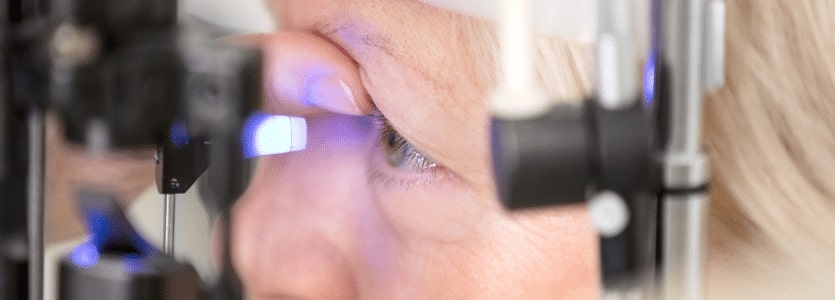
A comprehensive eye exam will evaluate not only how well you see, but also identify potential eye diseases. Some eye diseases, such as glaucoma and macular degeneration, can result in serious vision loss if not detected and treated early. Often patients with these diseases don’t experience any visual symptoms before vision loss occurs.
If you are over 40, you should have a comprehensive eye exam every year, especially if you have family history of glaucoma, diabetes or diabetic retinopathy.
Your Exam May Include The Following:
Your doctor will most likely dilate the pupils of your eyes, in order to better see the retina at the back of your eye. You may want to consider making transportation arrangements, as your vision may be blurry for a few hours after dilating.
What To Expect At Your Eye Exam:
- Visual acuity or refraction test to determine the degree to which you may be nearsighted, farsighted or have astigmatism
- Muscle function test to check the movement of your eyes in each direction and at specified angles. This test will identify any muscle weakness or involuntary eye movement.
- Binocular vision skills assessment to ensure that your eyes work together properly as a team. This is important for proper depth perception, eye muscle coordination and the ability to change focus from near to far objects.
- Visual field test to measure your peripheral vision, the width of the area you can see when you’re looking straight ahead. This test may also detect diseases of the eyes or neurological disorders.
- Eye pressure test. Your doctor may administer one or more tests to evaluate your intra-ocular pressure. High intra-ocular pressure may be a sign of glaucoma.
- Color vision screening to see if you perceive colors properly.
- Eye health assessment using an ophthalmoscope. This tool allows the doctor to evaluate your pupil responses, optic nerve, retina, cornea and lens.
Treatment options, if necessary will be presented at the conclusion of your examination.
